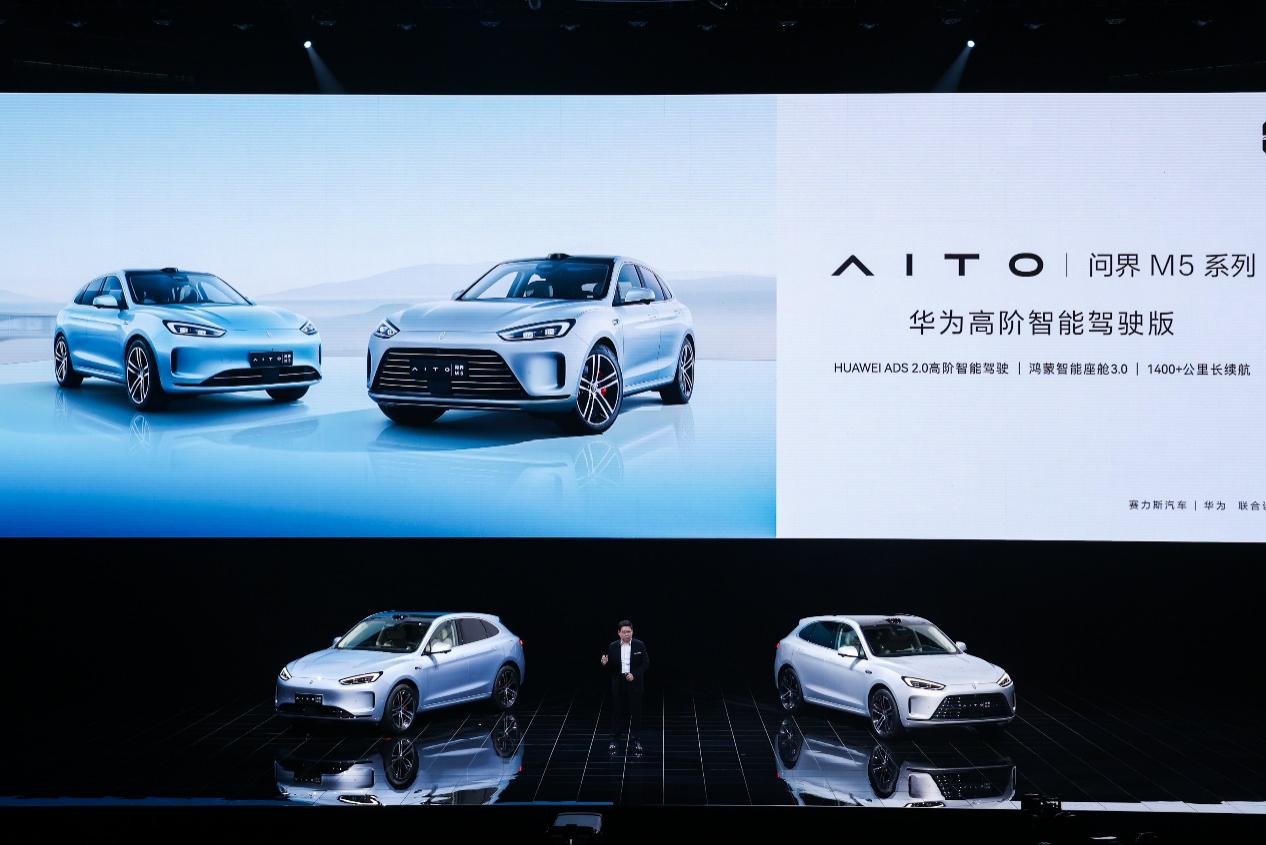The Ask World M5 series has now become the “smart cabin ceiling” because of the Hongmeng cockpit, and this time, with the Ask World M5 smart driving version, it has become the “smart driving ceiling”.
At today’s press conference, Yu Chengdong, as usual, made frequent and impressive remarks.
Today, the Ask World M5 smart driving version was officially launched, the HUAWEI ADS 2.0 advanced intelligent driving system was first installed, and the buyout/subscription plan for ADS 2.0 was officially announced:
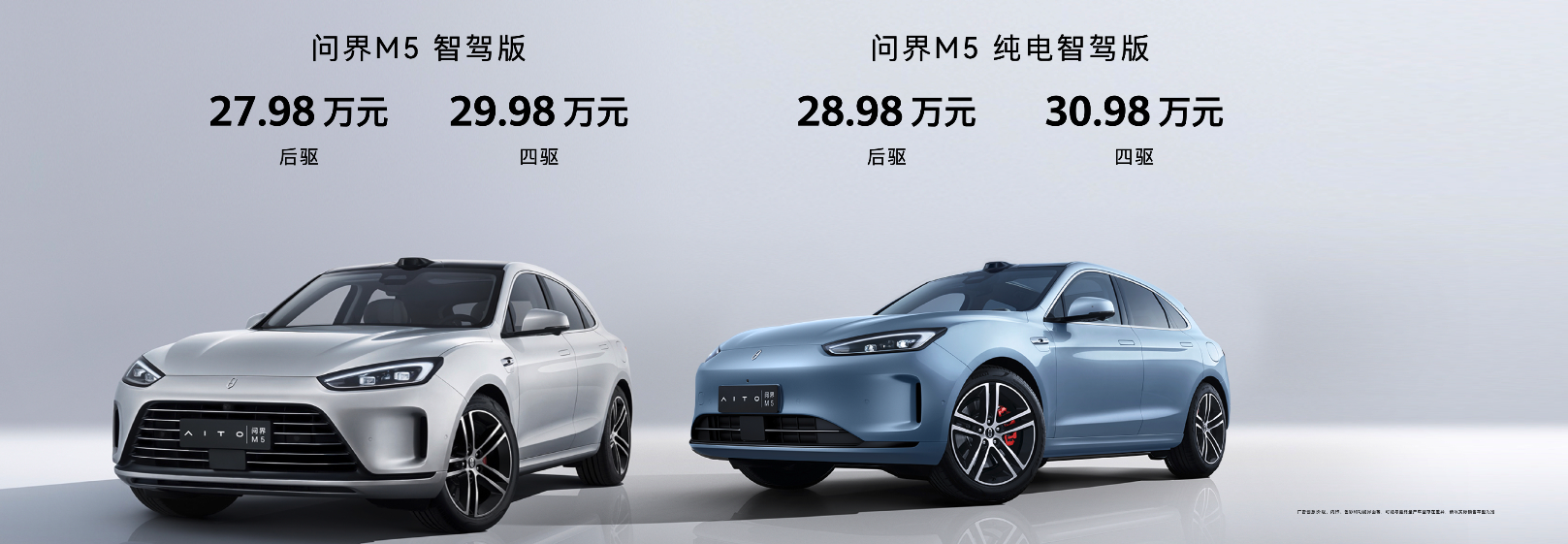


Let’s take a look at the highlights of the Ask World M5 smart driving version.
Is it really far ahead this time?
The highlight, ADS 2.0
The Ask World M5 smart driving version is equipped with one top-mounted lidar, three millimeter-wave radars, 11 high-definition cameras for lateral and rear visual perception, and 12 ultrasonic radars, which can achieve perception of dynamic and static targets (including irregular objects). Among them, the lidar has 128 lines and the front stereo camera pixels are 8 million.
In terms of algorithms, the Ask World M5 smart driving version is equipped with the fusion perception BEV network and the GOD network.

The so-called GOD is based on the fusion perception BEV (Bird Eye View) network to recognize white-listed obstacles, and adds the ability to recognize various objects outside the white list.In addition, algorithms can realize road prediction neural network and human-like regulation algorithm. Simply put, it can achieve the correlation of traffic elements, reasoning of road structure topology, and matching of navigation maps and real roads. The algorithm also incorporates game theory to enable it to act more like human drivers.


In the scene of merging and diverging ramps, it can predict situations such as overtaking of vehicles on the right and the approach of vehicles from the left rear. Merging and diverging ramps are currently one of the most difficult scenarios to assist in driving, and we can expect further testing in the future. In the face of large vehicle scenes, the system strategy will first reduce speed for prediction. When it recognizes that the large vehicle is not changing lanes, it will appropriately increase speed and initiate overtaking and lane-changing actions.
Huawei’s “AskJie M5 Smart Driving Edition” has made special optimizations for AEB. Yu Chengdong demonstrated the comparison between ADS 2.0 and Tesla: in terms of recognizing different types of objects such as pedestrians, ghost heads, opposite-sex objects, vehicles in low light, and people lying down, ADS 2.0 is better than Tesla.

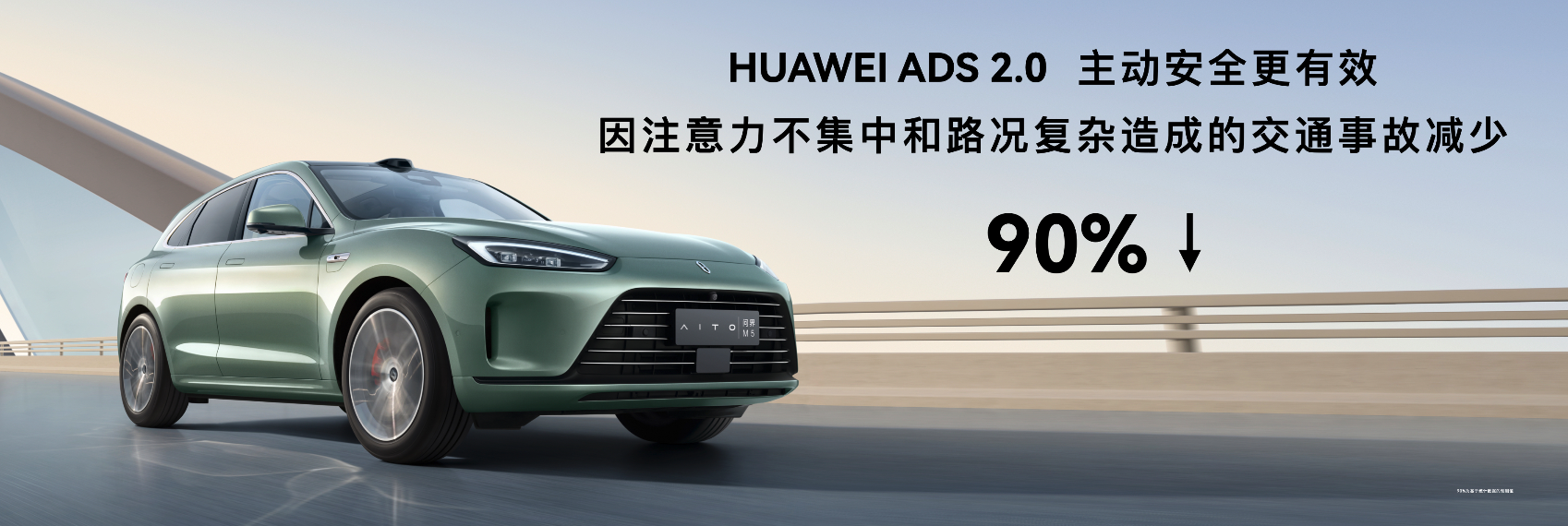
Yu Chengdong said, “Don’t think we’re making Tesla look bad. They are already much better than most domestic competitors.”
At least in terms of active safety algorithms, Huawei has really strong capabilities.
And a demo video of urban assisted driving was also shown on site. In a scene of a crossroad without left turn protection, the system can enter the far-left left-turn lane and the left-turn waiting area, waiting for the green light to pass. When there is heavy traffic of oncoming vehicles going straight, pedestrians on the zebra crossing and non-motorized vehicles in the bicycle lane will be given priority.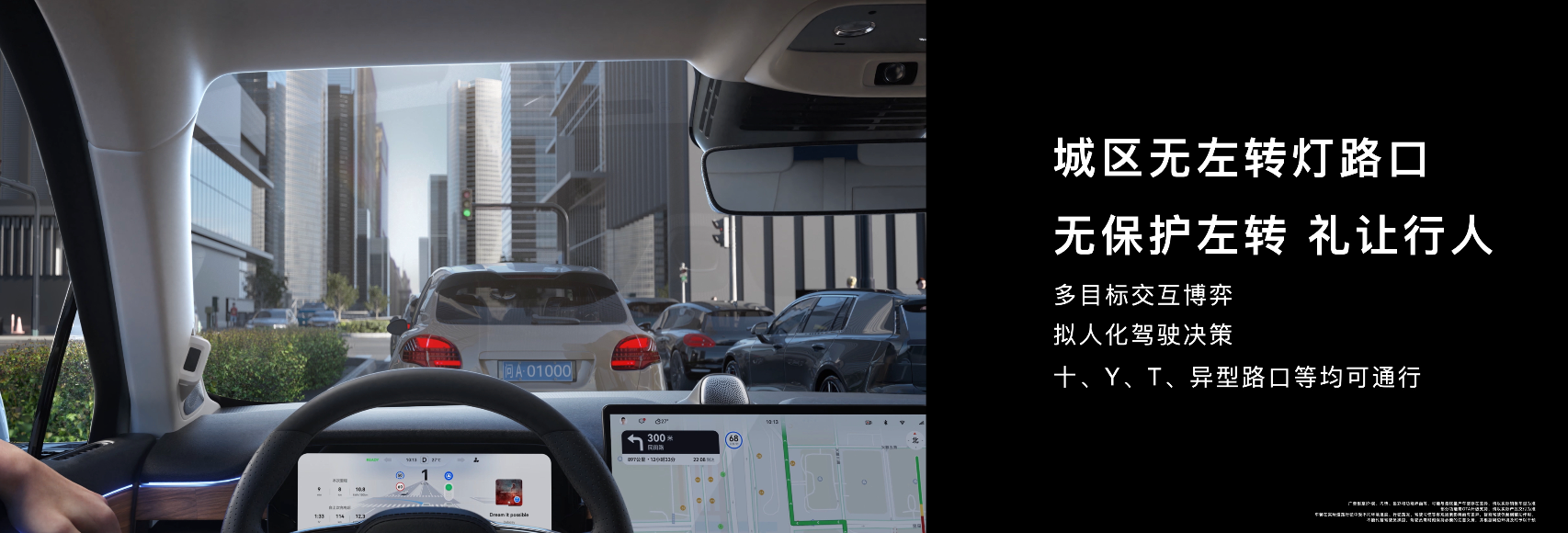

Parking is also a highlight.
The Wanjie M5 Wisdom Edition is equipped with Huawei’s self-developed parking guidance algorithm, which supports complex and irregular parking spaces. The recognition rate of parking spaces and the success rate of parking are higher. When parking, it automatically and silently searches for the surrounding 360° parking spaces, and the available parking spaces are displayed in real time on the dashboard. The Wanjie M5 Wisdom Edition also has a cross-floor memory parking function based on “parking lot path learning”, which enables it to independently construct the parking lot environment and collect parking spaces.
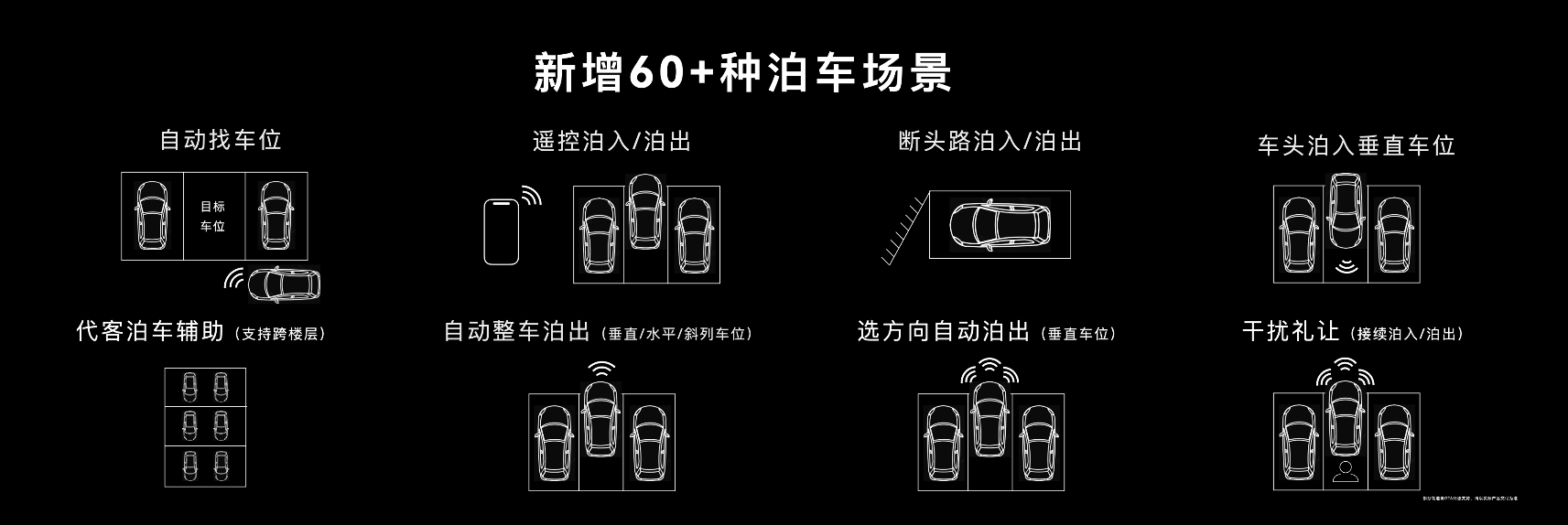

Yu Chengdong said that the urban driving assistance of ADS 2.0 will realize the goal of having no maps in 45 cities in Q4. We look forward to it.

Cabin and Power
In terms of cabin details, the Wanjie M5 Wisdom Edition has also made many improvements.
Through human eye positioning algorithms, the Wanjie M5 Wisdom Edition can achieve HUD height adaptive adjustment. After recognizing the position of the user’s eyes upon sitting, it can quickly adjust the HUD to the optimal height within 0.5 seconds. At the same time, the layout of the HUD interface has also become more reasonable.Meanwhile, the Ask Me M5 smart driving edition can automatically adjust the exterior rearview mirror to the best angle without manual adjustment by lightly tapping the brake when boarding, thanks to its visual recognition and human spatial positioning capabilities.
In addition, Huawei HD spatial audio is making its debut in the Ask Me M5 smart driving edition. The vehicle is equipped with a professional-grade 19-unit sound system (15 in the car body and 4 in the headrest), which can perfectly support 1,000 W power amplifiers. With a 7.1-channel immersive sound field, the sound effects can be optimized for each passenger’s seating position.

Huawei Music and HUAWEI Sound are deeply adapted and tuned end-to-end. The 19 irregularly arranged high, middle, and low speakers in the car can create a balanced sound field, and the virtual reconstruction of high-end recording studio sound system layout effect. Based on the available spatial audio parameters and data interaction of the HarmonyOS system, customized in-car spatial audio effects are provided through spatial rendering algorithms.
In the rear of the Ask Me M5 smart driving edition, the “MagLink Magic Suction Car Interface” is added. MagLink can provide 27 W fast charging, ultrasonic location recognition, magnetic anti-pinch child lock, and 25 KG mounting capacity. It can be seamlessly attached to the Huawei MatePAD to create a seamless PAD boarding scene. The front row can control the sound and brightness of the rear row’s tablet, and can also monitor the rear row’s status through the camera. The rear row can team up to play games and hold meetings on three screens.
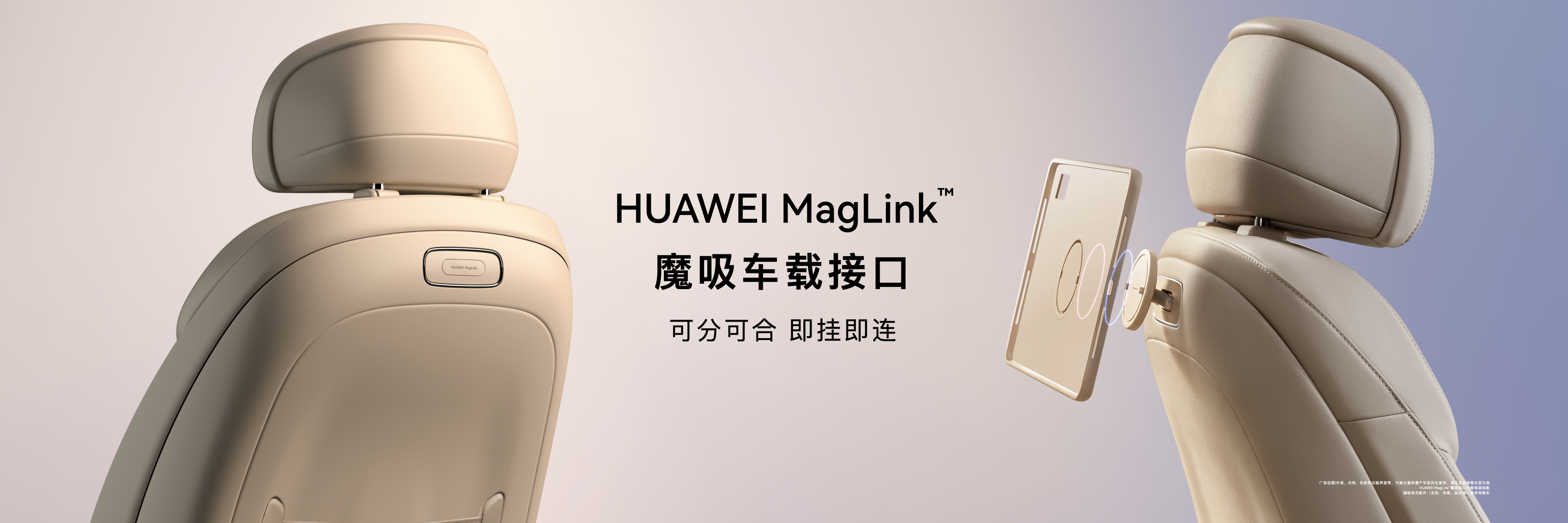
_20230417214812.png)
The in-car “Xiao Yi Smart Assistant” and the high-quality parking service provider Jetco Parking have partnered to provide users with a one-stop in-car indoor navigation service called “Xiao Yi Smart Parking”. With high-precision indoor navigation technologies such as inertial navigation, Bluetooth Beacon, geomagnetism, mobile positioning, and high-definition cameras, easy parking space navigation is achieved even in weak signal indoor environments. It also supports cross-floor navigation and Xiao Yi voice car-finding.In terms of power, the wind resistance of the Wanjie M5 high-end intelligent driving edition was reduced by 11%, and the three-electric optimization increased the endurance by 14.7%. The final extended-range version of the CLTC pure electric endurance is 255 km, and the full fuel and electricity can reach 1,425 km. The rear-wheel drive version CLTC operating mileage of the pure electric intelligent driving edition of Wanjie M5 is 602 km, and the four-wheel drive version endurance is 534 km.

_20230417214911.png)
Wanjie M9 aims to be the best SUV under 10 million RMB
“We want to redefine the most luxurious SUV under 10 million RMB,” “Those who claim to be the best SUV under 5 million RMB, they have a steel body, while we have an 80% aluminum body,” “Refrigerators, televisions and sofas are all middle-class, they are not really luxurious.”
After the section on the Wanjie M5 high-end intelligent driving edition, Yu Chengdong unexpectedly began the “One More Thing” section, and the protagonist of this section was the Wanjie M9.
The Wanjie M9 is positioned as a full-size flagship SUV, with a length of 5,230 mm and a wheelbase of 3,110 mm, featuring a flat floor. Yu Chengdong said that the M9 has flexible space changes because it has achieved the same flat floor as MPV, so there is no step for the third row, making it easy to enter and exit. In addition, the range of adjustment for the front and rear of the second row is larger, and all seats in the car provide electric sliding rails, allowing for flexible adjustment of passenger and luggage space. In addition, the M9 will also provide 3|4|5|6 seat variable seating modes.
_20230417215008.png)
 The new intelligent headlight module of Arcfox M9 integrates a million-pixel headlight, ADB/AFS, StarRiver digital matrix interaction system, and aerodynamic air intake trim, while the through-type taillights echo the design of the headlights.
The new intelligent headlight module of Arcfox M9 integrates a million-pixel headlight, ADB/AFS, StarRiver digital matrix interaction system, and aerodynamic air intake trim, while the through-type taillights echo the design of the headlights.
_20230417215042.png)
Yu Chengdong said that the Arcfox M9 is built on a brand-new D-class luxury SUV platform and adopts an all-aluminum alloy chassis and integrated die-casting body. The proportion of aluminum alloy volume in the body is more than 80%, and the entire series is equipped with air springs and CDC shock absorption systems. In addition, the Arcfox M9 is equipped with the world’s largest integrated die-casting rear body, with a die-casting equipment of 9,000 tons.

Arcfox M9 integrates the full-stack Huawei intelligent car technology solution, including HarmonyOS intelligent cockpit, Huawei intelligent driving, HUAWEI xPixel, HUAWEI AR-HUD, AI large model, sensing federation, HUAWEI SOUND, and other cutting-edge technologies.

HUAWEI xPixel intelligent headlamps make their debut on the Arcfox M9, and the double reflective lens digital projected headlamps can achieve ultra-short-range projection. HUAWEI AR-HUD also makes its debut on the Arcfox M9, with a high-definition resolution of 2K and a display area of up to 75 inches.

Arcfox M9 is equipped with multi-screen full-scenario for the first time, with a maximum of 10 screens in full configuration, ranging in size from 16 inches to 100 inches. The previously exposed “light field screen” is expected to be included as well.
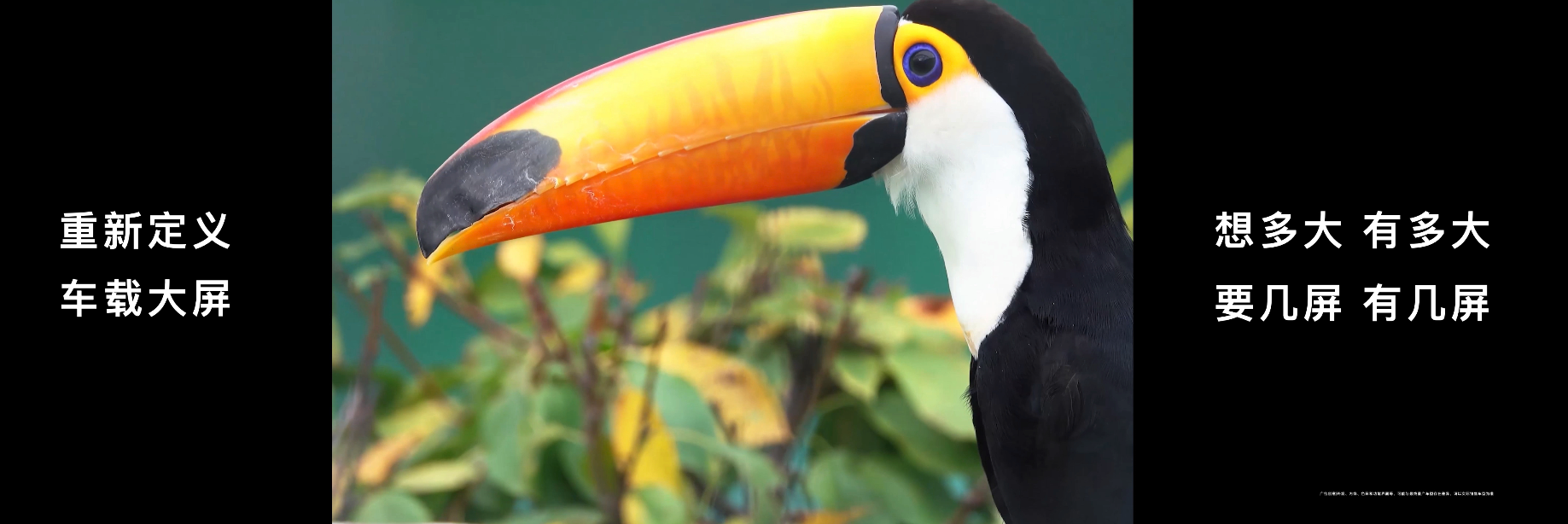
The M9 console of WENJIE has an assistant officially named “AI Smart Crystal”, and Xiaoyi Smart Assistant has also been integrated with a large AI model. At the same time, the crystal is also a high-frequency unit of HUAWEI SOUND, applying Schroeder scattering acoustic technology commonly used in opera houses to ensure a more uniform sound distribution.

It was also announced at the press conference that the M9 series is expected to be priced between 500,000 and 600,000 yuan. The extended-range and pure electric versions will open for pre-orders on April 17, 2023, and consumers can make reservations through the Huawei Mall to enjoy corresponding benefits. The models will be officially released in the fourth quarter of 2023.
This article is a translation by ChatGPT of a Chinese report from 42HOW. If you have any questions about it, please email bd@42how.com.
